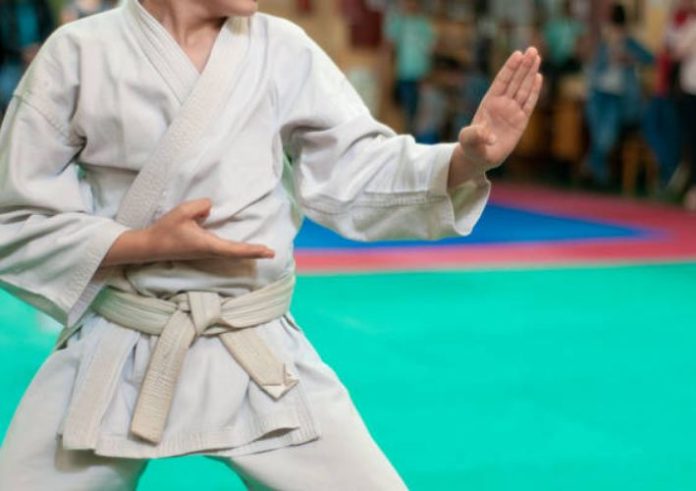Probably the main criticism of learning a Martial Art for self defense purposes can be summed up in one word, Complexity.
They are simply too complex to be used by most people all the time. And we do want to be able to apply the techniques we learn all of the time, don’t we?
We do not want to forget how to perform them or have them break down at inconvenient times.
As far as self defense situations are concerned, Murphy’s Law is always in play. In fact, I would argue that Murphy was an incurable optimist when it comes to self defense situations.
When we are attacked the first thing that happens is that we move into a “Fight-Flight” survival response.
This reflexive nervous system response, to a greater or lesser extent shuts off our higher thought capabilities.
We revert to our primitive reptilian brain and nervous system, and lose our ability to remember and use complex and intricate skills and thought processes.
It has been said that for any movement to become a conditioned unconscious response that it needs to be repeated into the tens of thousands of repetitions.
If you multiply that number by the number of techniques that an average beginner martial artist is asked to perform, the numbers do not add up to anything like proficiency in those techniques, much less proficiency in their use in a self defense setting.
The true potential of the techniques are never realized as the student is onto “Step B” before they have gotten anywhere near mastery of “Step A”.
A far better idea is to learn very, VERY, simple basic movements that have already been conditioned into our nervous system. That’s right.
Learn what we already know and can already do. Then all that is required is to take those skills and cross them over into a self defense context.
And while this is not necessarily easy, with the correct training it can be accomplished relatively quickly in the order of days, rather than months or years.
For example, every time you put on your seat belt you are practicing one of the most basic and useful strikes you can perform.
Go ahead and do the movement now. Reach up and across your body to the opposite shoulder, just like you are reaching for your seat belt, and observe what your elbow does.
Observe the path it takes and where it ends up, before it moves downwards again (the downward movement is another strike by the way).
All that is required to make this a self defense ready tool is some focus and intent. That is, you do the movement intending for it to be a strike.
If you begin to look at all the repetitive actions that you perform, day in and day out, and look at them as possible self defense techniques that you can already do, you will be amazed at how much you already know and understand in terms of basic body movements and body mechanics.
In conclusion, there are many skills, attributes and mind sets that must be understood and developed as part of any practical and effective self defense training.
And these attributes and skills can only be fully developed in a self defense class or course setting.
Attributes such as awareness, focus, determination and killer instinct, amongst others, coupled with the repetitive practice of basic physical skills are the only way to achieve the kind of skill that you will need should the occasions arise where you have to defend yourself or someone else.

